Klein Tools LH5266-22-M Handleiding
Klein Tools
Niet gecategoriseerd
LH5266-22-M
Bekijk gratis de handleiding van Klein Tools LH5266-22-M (36 pagina’s), behorend tot de categorie Niet gecategoriseerd. Deze gids werd als nuttig beoordeeld door 44 mensen en kreeg gemiddeld 4.3 sterren uit 22.5 reviews. Heb je een vraag over Klein Tools LH5266-22-M of wil je andere gebruikers van dit product iets vragen? Stel een vraag
Pagina 1/36

Instructions for the Proper Use and Care of Klein®
Lineman’s Body Belts and Positioning Straps
Para español, vaya a la página 13.
Pour le français, allez à la page 25.
This instruction manual explains how to use,
inspect and maintain Klein lineman’s body belts
and positioning straps.
Klein manufactures a full line of lineman’s body belts
and positioning straps, designed to meet OSHA
criteria for positioning applications.
Note: Klein’s lineman’s body belts are for posi-
tioning applications only and should not be used
alone as a personal fall-arrest system, as defined
under Subpart M of OSHA standard 1926.
The positioning symbol shown in Figure 1
appears on warning tags attached to each
body belt. This symbol identifies the belt’s
OPE function.
Klein lineman’s body belts are available in full-floating,
semi-floating, or fixed styles. They combine the fea-
tures of an OPE (occupational protective equipment)
positioning belt with a specialized tool belt. They
meet or exceed all OSHA regulations, which apply to
positioning device systems, for power utilities (OSHA
1926.959) and telecommunications (OSHA 1910.268
and 1910.269). They also meet or exceed standards
ASTM F 887, CSA Z259.1 and CSA Z259.11. Each
belt is affixed with a permanent tag, which identi-
fies model number, serial number, size, and date of
manufacture.
Klein positioning straps are available in the follow-
ing lengths: 5'8" (1.7 m), 6' (1.8 m), 6'6" (2.0 m), 7'
(2.1 m), and 8' (2.4 m). They are designed to con-
form with OSHA standards 1910.268, 1910.269 and
1926.959.
All individuals who use Klein lineman’s body belts
and positioning straps must be instructed in how to
use that equipment correctly. Also, they must read,
understand and follow all instructions and warnings
contained in this booklet or packed with the product
before each use.
Note: For clarity, illustrations in this instruction
booklet do not show any warning tags or labels,
which are attached to each product.
Save these instructions. This equipment
must not be used by anyone who has not read,
understood and followed all the instructions and
inspection procedures contained in this booklet.
Failure to read, understand and follow all instruc-
tions may result in serious injury or death. Training
and instruction review should be repeated at regular
intervals by the user and his or her employer.
Figure 1
Introduction

2
Klein-Kord ®
The load-bearing material in Klein positioning straps
is our exclusive Klein-Kord, an exceptionally strong,
multi-ply filament nylon fabric that is neoprene-
impregnated, folded, and vulcanized.
Klein-Kord is abrasion-resistant, non-conductive,
virtually free from stretch, and flexible for ease of use
and durability. It has excellent chemical resistance,
and is virtually unaffected by creosote and other pole-
treatment chemicals. In addition, its properties and
wear characteristics remain essentially unchanged
at temperatures up to 250°F (121°C).
Shown below is Klein's six-ply Klein-Kord, which is
1-3/4" (44 mm) wide. The center plies of Klein-Kord
are red at the core. When the red plies appear,
remove the strap from use immediately and replace
it. This “early warning” feature is yet another safety
measure provided by Klein Tools.
Note: The red center plies may become discolored
in use. Therefore, visual inspection for wear before
each use is mandatory.
Drop-Forged Steel
Klein D-rings and tongue buckles are made of drop-
forged steel with a corrosion-resistant finish. All
Klein hardware is tested to meet or exceed appli-
cable OSHA standards.
Nylon Webbing
Klein uses a high-quality, commercial-grade nylon.
The nylon webbing is impregnated with latex or resin
for extra durability and abrasion resistance.
Leather
Rolled-edge, chrome-tanned leather is used for
cushioning in all Klein lineman’s belts. These cush-
ions have sponge-rubber cores for added comfort.
Other components, such as tool loops, are made
of harness leather. Body pads are made of latigo
leather, hand laced and stitched to the belt cushion.
Buckles and Billets
Klein lineman’s belts have drop-forged, single-
tongue buckles. Belt straps and billets are made
of Klein-Kord. On top-of-the-line belts, straps are
covered with harness leather.
Materials Used in Lineman’s Body Belts & Positioning Straps
Klein’s lineman’s body belts and posi-
tioning straps are designed for positioning purposes
only, and are not to be used for any other OPE func-
tion (such as fall arrest, suspension, or retrieval).
Klein strongly recommends that only
Klein components be used with any Klein lineman’s
equipment. Klein components should NOT be
interchanged with other components made by other
manufacturers, because Klein cannot guarantee
that components made by other manufacturers are
properly designed or are free of defects in materials
or workmanship.
Klein strongly recommends using fall-
arrest protection when working at any elevated
position. Therefore, independent fall-arrest equipment
should be used in addition to Klein's body belts
and positioning straps unless a competent person,
as defined by OSHA, has determined that such fall-
arrest equipment is not necessary or appropriate.
Six-ply Klein-Kord with red center plies

3
Physical Properties of Materials*
* This chart shows the general physical qualities of
the materials used in Klein lineman’s body belts and
positioning straps. Due to the wide variety of condi-
tions in the workplace, this information should only
be considered as a general guide, and a qualified
person should evaluate the specific applications and
hazards to which the materials will be exposed.
If you need more information, call Klein Tools at
1-800-553-4676.
Type of Material
Exposure to
Excessive Heat
Exposure to
Chemicals
Exposure to
Molten Metal or
Flame
Exposure to
Paints or Solvents
Nylon Poor resistance.
Becomes brittle,
has a shriveled
brown appear-
ance. Fibers will
break when flexed.
Weakens at 300°F
(149°C).
Generally good
resistance except
around strong acids
and phenolic com-
pounds (phenol
is present in coal
tar and wood tar),
which cause it to
become brittle.
Poor resistance.
Strands fuse
together and form
hard shiny spots.
Has hard and brittle
feel. Will not sup-
port combustion.
Generally offers
good resistance.
However, paint
can penetrate into
the weave and dry.
This can cause
webbing to become
hard and brittle
and can eventually
break the fibers.
Some solvents
may affect fibers
(see “Exposure to
Chemicals”).
Klein-Kord®Similar to nylon;
however, neoprene
will protect nylon
fabric for a period
of time.
Excellent resistance
to hydrocarbons
as used in wood
treatment, due to
neoprene.
Similar to nylon;
however neoprene
helps protect nylon
fabric from welding
splatter.
Excellent resistance;
however, some
strong solvents
could soften
neoprene and
attack nylon.
Leather Poor resistance.
Excessive heat
destroys strength.
Will burn at 330°F
(165°C). Dry leath-
er slowly at room
temperature.
Generally poor
resistance.
Chemicals tend to
dry leather out.
Will burn; however,
chrome leather is
excellent protection
against welding
splatter.
Generally poor
resistance.
Chemicals tend to
dry leather out.
Product specificaties
| Merk: | Klein Tools |
| Categorie: | Niet gecategoriseerd |
| Model: | LH5266-22-M |
Heb je hulp nodig?
Als je hulp nodig hebt met Klein Tools LH5266-22-M stel dan hieronder een vraag en andere gebruikers zullen je antwoorden
Handleiding Niet gecategoriseerd Klein Tools
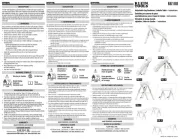
29 Juli 2025
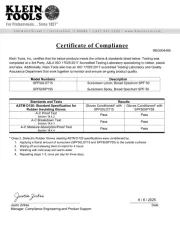
14 Juli 2025
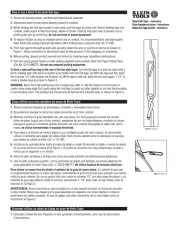
14 Juli 2025
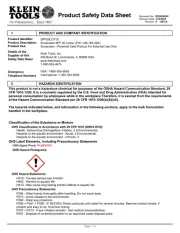
14 Juli 2025
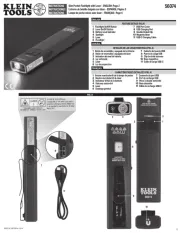
14 Juli 2025
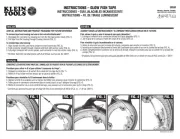
11 Juni 2025
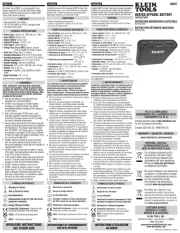
17 Maart 2025
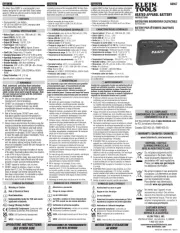
17 Maart 2025
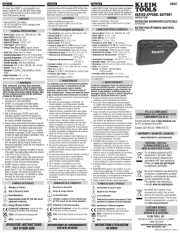
17 Maart 2025

17 Maart 2025
Handleiding Niet gecategoriseerd
- Plastkon
- Baby Cakes
- Overmax
- Fine Dine
- ISA
- Goobay
- Nikon
- PAG
- Soundsphere
- Osram
- I-PRO
- MAX LINER
- RéVive
- Benning
- Centerline
Nieuwste handleidingen voor Niet gecategoriseerd

30 Juli 2025
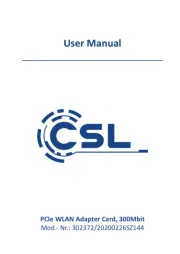
30 Juli 2025
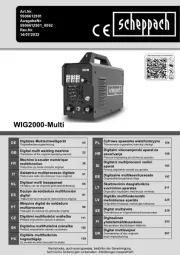
30 Juli 2025
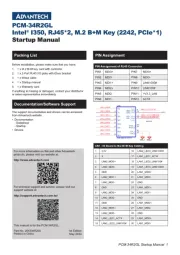
30 Juli 2025
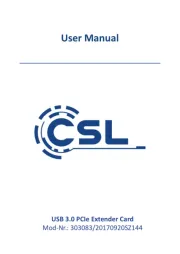
30 Juli 2025
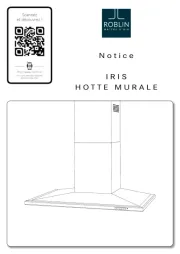
30 Juli 2025

30 Juli 2025
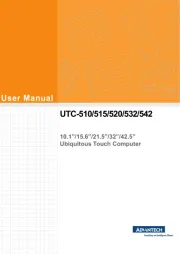
30 Juli 2025
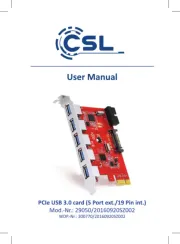
30 Juli 2025
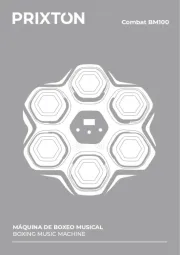
30 Juli 2025